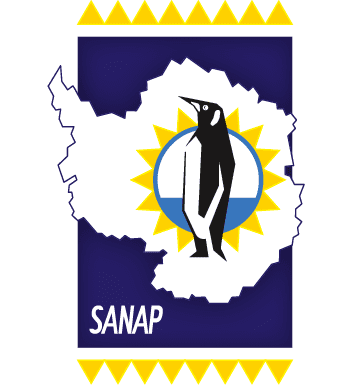Ross seal ecology, behaviour and physiology in a changing environment

 SANAP research project by Prof Trevor Mcintyre in die Department of Life and Consumer Sciences at University of South Afrcia as principal investigator and Dr Mia Wege , Co-Invesitigator from Department of Zoology and Entomology at University of Pretoria.
SANAP research project by Prof Trevor Mcintyre in die Department of Life and Consumer Sciences at University of South Afrcia as principal investigator and Dr Mia Wege , Co-Invesitigator from Department of Zoology and Entomology at University of Pretoria.
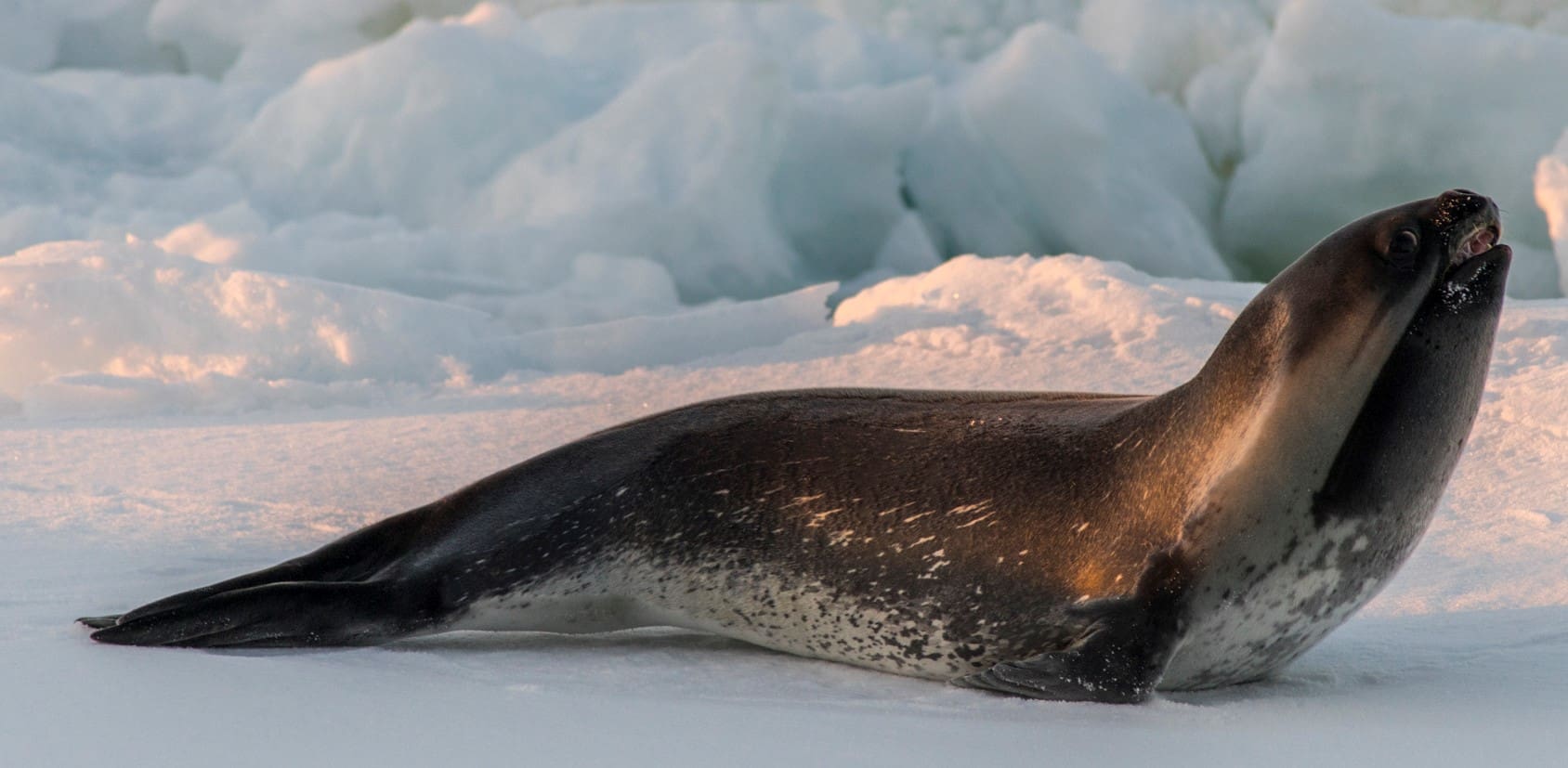 Antarctica and the surrounding Southern Ocean marine ecosystems are changing rapidly due to anthropogenic climate change. Seals, whales and seabirds, i.e. top-predators, are abundant and conspicuous components of the Southern Ocean ecosystem. Far-ranging and numerous consumers, they connect food webs and are influenced by the distribution of their prey. Labelled as sentinels of change, they are well-studied in comparison to other Antarctic and Southern Ocean taxa. (Image above: Ross Seal. Credit: Mia Wege)
Antarctica and the surrounding Southern Ocean marine ecosystems are changing rapidly due to anthropogenic climate change. Seals, whales and seabirds, i.e. top-predators, are abundant and conspicuous components of the Southern Ocean ecosystem. Far-ranging and numerous consumers, they connect food webs and are influenced by the distribution of their prey. Labelled as sentinels of change, they are well-studied in comparison to other Antarctic and Southern Ocean taxa. (Image above: Ross Seal. Credit: Mia Wege)
 Ross seals (Ommatophoca rossii), the least-studied of all the Antarctic pinnipeds, are unique in their foraging behaviour. Unlike other Antarctic marine predators, they travel north and away from the Antarctic continent. In summer, they hunt for prey in the open ocean, while in winter they spent the majority of their time within the Marginal Ice Zone (MIZ), tracking the seasonal ice edge as it grows within winter. This unique behaviour raises several questions and opportunities to study the impacts of climate change on their ocean habitat. (Image above: Ross Seal Credit: Mia Wege)
Ross seals (Ommatophoca rossii), the least-studied of all the Antarctic pinnipeds, are unique in their foraging behaviour. Unlike other Antarctic marine predators, they travel north and away from the Antarctic continent. In summer, they hunt for prey in the open ocean, while in winter they spent the majority of their time within the Marginal Ice Zone (MIZ), tracking the seasonal ice edge as it grows within winter. This unique behaviour raises several questions and opportunities to study the impacts of climate change on their ocean habitat. (Image above: Ross Seal Credit: Mia Wege)
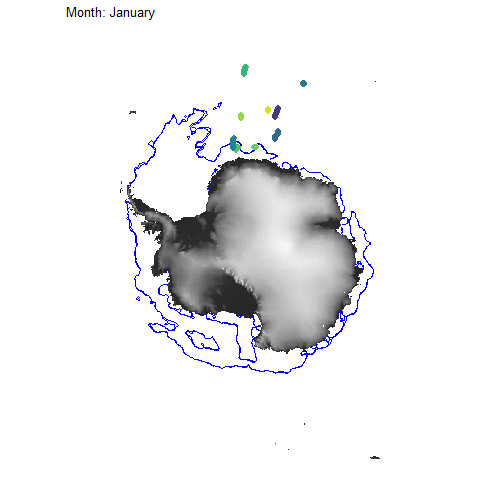 This project aims to create an integrative view of Ross seals focusing on foraging ecology, physiology, and interactions with the MIZ. Fine-scale dive recorders will measure how Ross seals adapt their behaviour within the water column in response to environmental change. Novel physiological data collected on their aerobic dive limit and oxygen storage capabilities will determine whether this species is operating at, or close to, its maximum physiological capacity and therefore less capable of compensating for natural or anthropogenic changes in the environment.
This project aims to create an integrative view of Ross seals focusing on foraging ecology, physiology, and interactions with the MIZ. Fine-scale dive recorders will measure how Ross seals adapt their behaviour within the water column in response to environmental change. Novel physiological data collected on their aerobic dive limit and oxygen storage capabilities will determine whether this species is operating at, or close to, its maximum physiological capacity and therefore less capable of compensating for natural or anthropogenic changes in the environment.
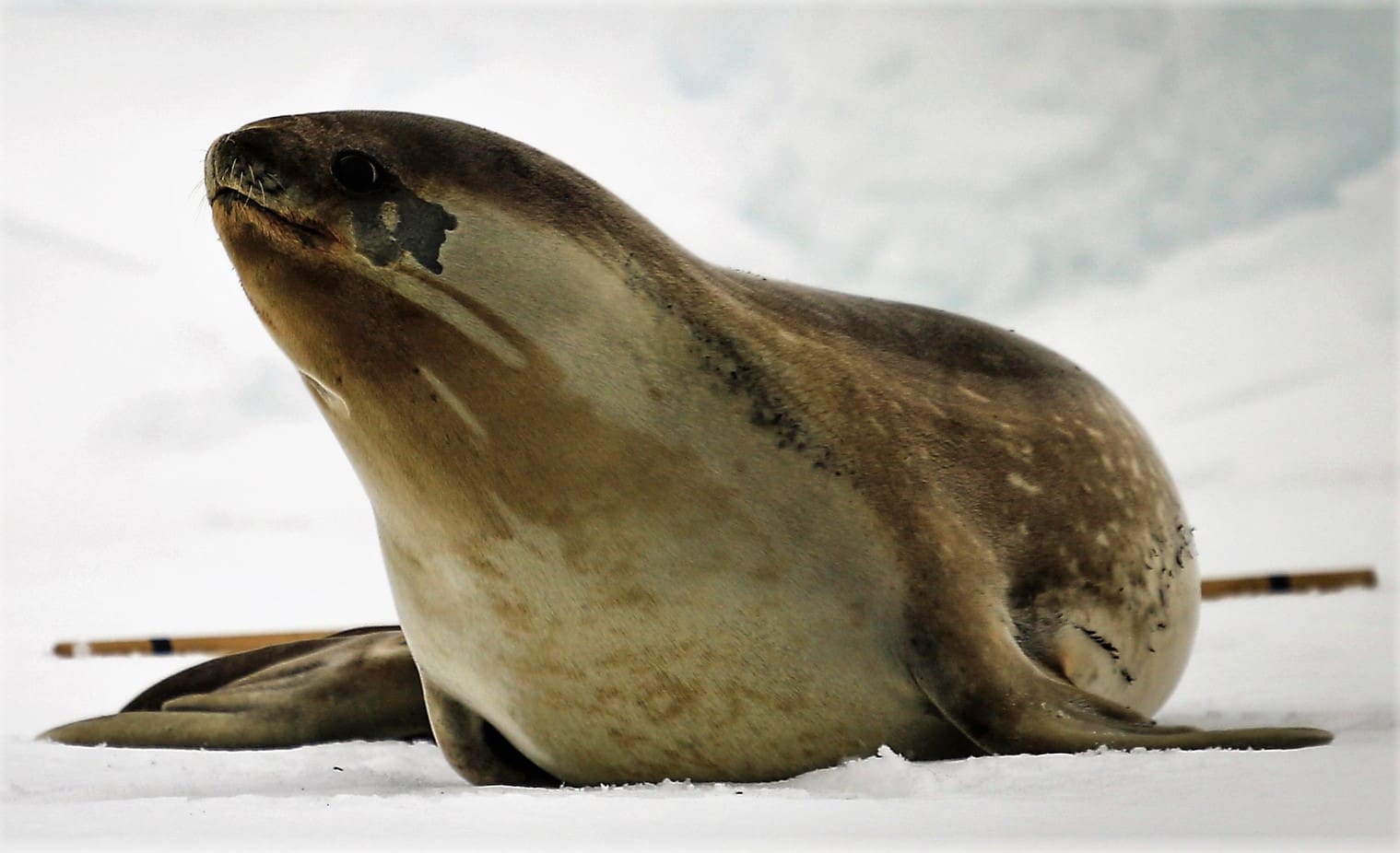 A time-series created for compound-specific isotope analyses of amino acids using whisker segments will be able discern how specialised these predators are in their diet in relation to changes in a shifting isotopic baseline.Combining these three facets will determine the level of behavioural plasticity in Ross seals and their ability to cope with a changing environment.
A time-series created for compound-specific isotope analyses of amino acids using whisker segments will be able discern how specialised these predators are in their diet in relation to changes in a shifting isotopic baseline.Combining these three facets will determine the level of behavioural plasticity in Ross seals and their ability to cope with a changing environment.

 Above: (Left) Trevor McIntyre (Right) Mia Wege
Above: (Left) Trevor McIntyre (Right) Mia Wege
Read article by Mia Wege et al: “Distribution and Habitat Suitability of Ross Seals in a Warming Ocean”
To indulge in a few more images of of seals. Credit: Mia Wege
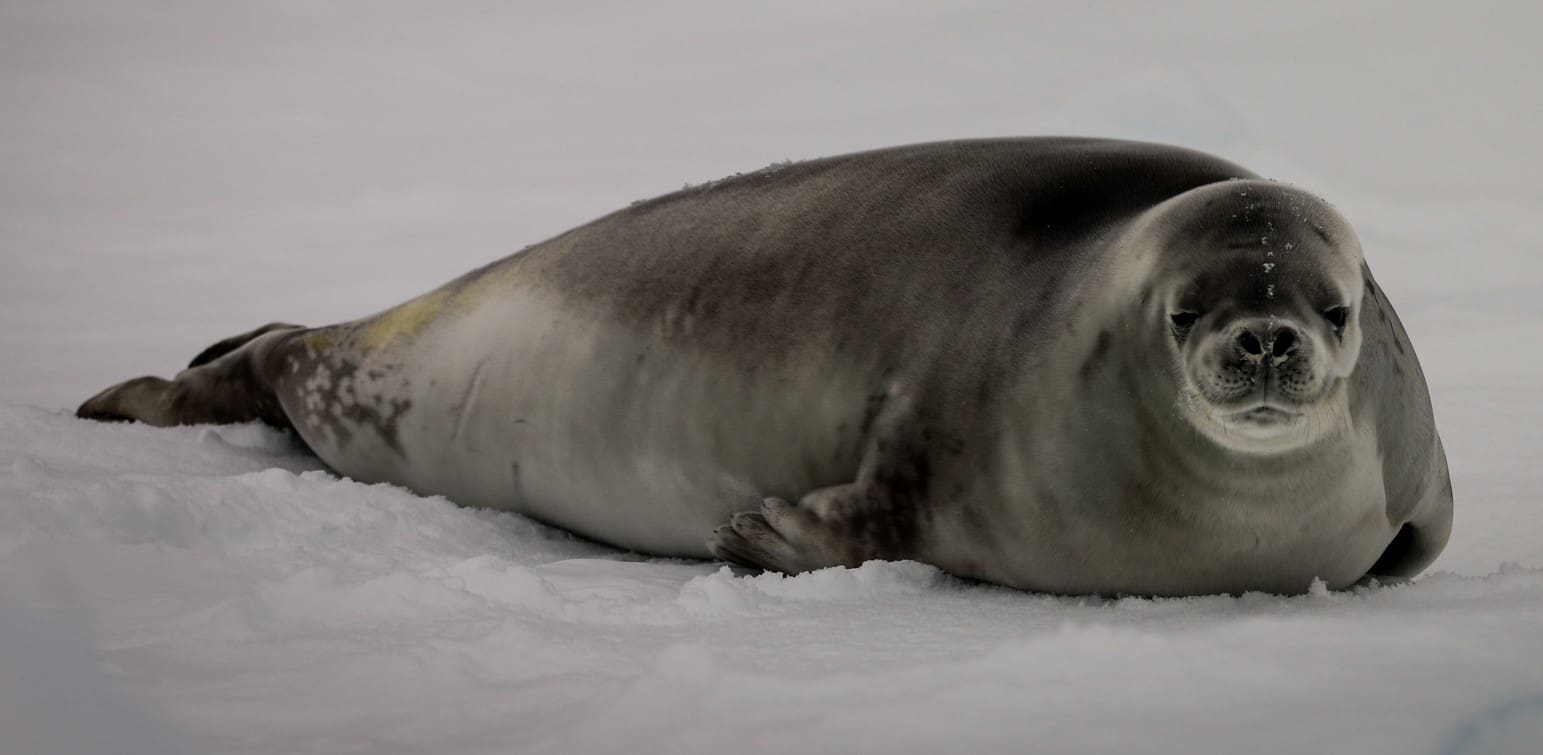
 Crabeater seals
Crabeater seals
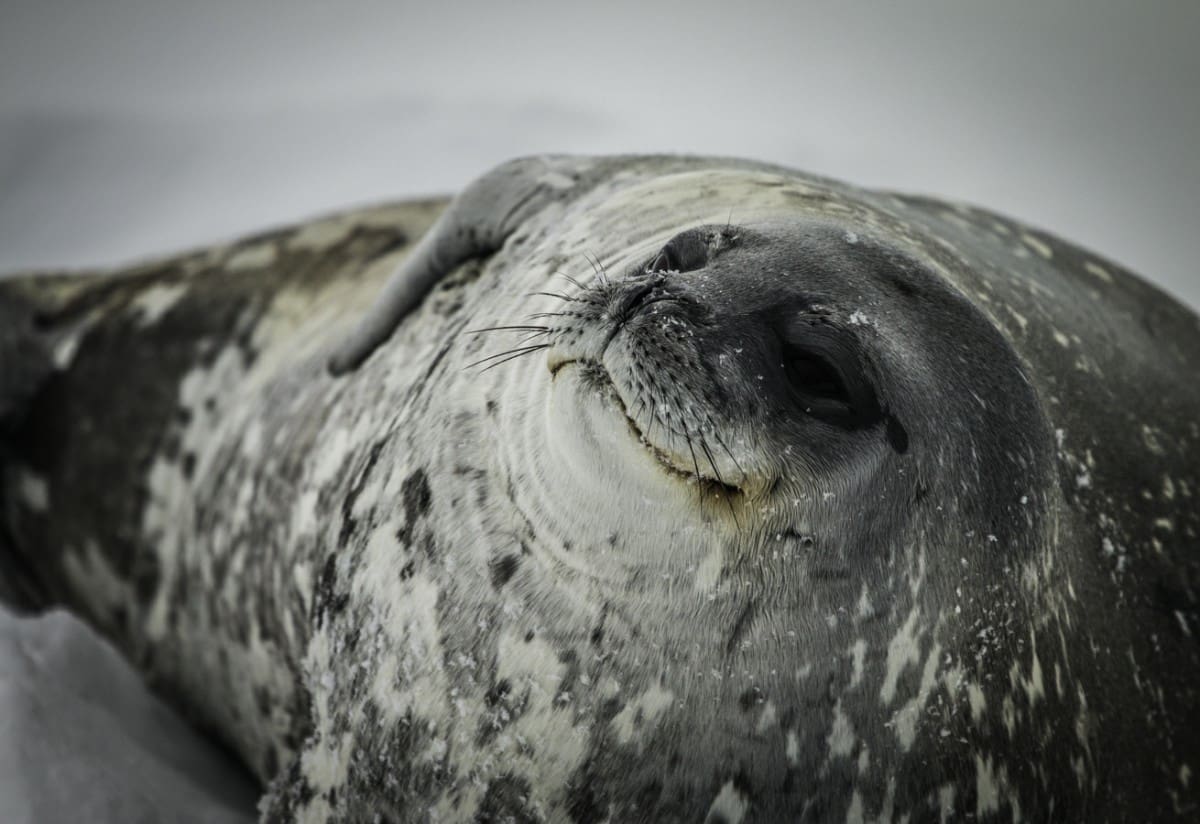

Weddell Seals
Text and images supllied by Trevor McIntyre and Mia Wege.
